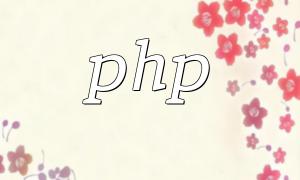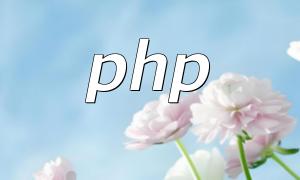JavaScript and PHP are two of the most commonly used programming languages in modern web development. PHP is often used to generate timestamps on the server side, while JavaScript handles formatting and displaying these timestamps on the frontend. This article dives into how to format PHP-generated timestamps using JavaScript, with SEO best practices in mind to improve user experience and search rankings.
A timestamp represents the number of seconds elapsed since January 1, 1970, 00:00:00 UTC. Getting the current timestamp in PHP is straightforward, for example:
echo time();
?>This code outputs the current Unix timestamp. After obtaining the timestamp, it’s common to pass it to the frontend for further processing and display.
After generating a timestamp in PHP, you can embed it directly into JavaScript code like this:
$timestamp = time();
echo "var timestamp = $timestamp;";
?>With this, JavaScript can use the timestamp variable for further operations.
Once you have the PHP timestamp in JavaScript, use the built-in Date object to convert the timestamp into a human-readable date format. For example:
var date = new Date(timestamp * 1000); // Convert to milliseconds
var options = { year: 'numeric', month: 'long', day: 'numeric', hour: '2-digit', minute: '2-digit' };
var formattedDate = date.toLocaleDateString('zh-CN', options);
console.log(formattedDate); // Output the formatted dateYou can customize the options object to display the date and time in various formats depending on your needs.
Besides using toLocaleDateString, you can create a custom function for more precise control over the output format:
function formatTimestamp(ts) {
var date = new Date(ts * 1000);
var year = date.getFullYear();
var month = String(date.getMonth() + 1).padStart(2, '0');
var day = String(date.getDate()).padStart(2, '0');
return `${year}-${month}-${day}`;
}
console.log(formatTimestamp(timestamp)); // Outputs date in YYYY-MM-DD formatThis function fits most standard date formatting requirements and is useful for displaying or processing dates on your site.
Formatting PHP-generated timestamps is a common requirement in frontend-backend integration. Using the methods described here, you can easily pass timestamps from PHP to JavaScript and flexibly format them for display. Applying these techniques improves user experience and helps optimize your website’s search engine visibility.









